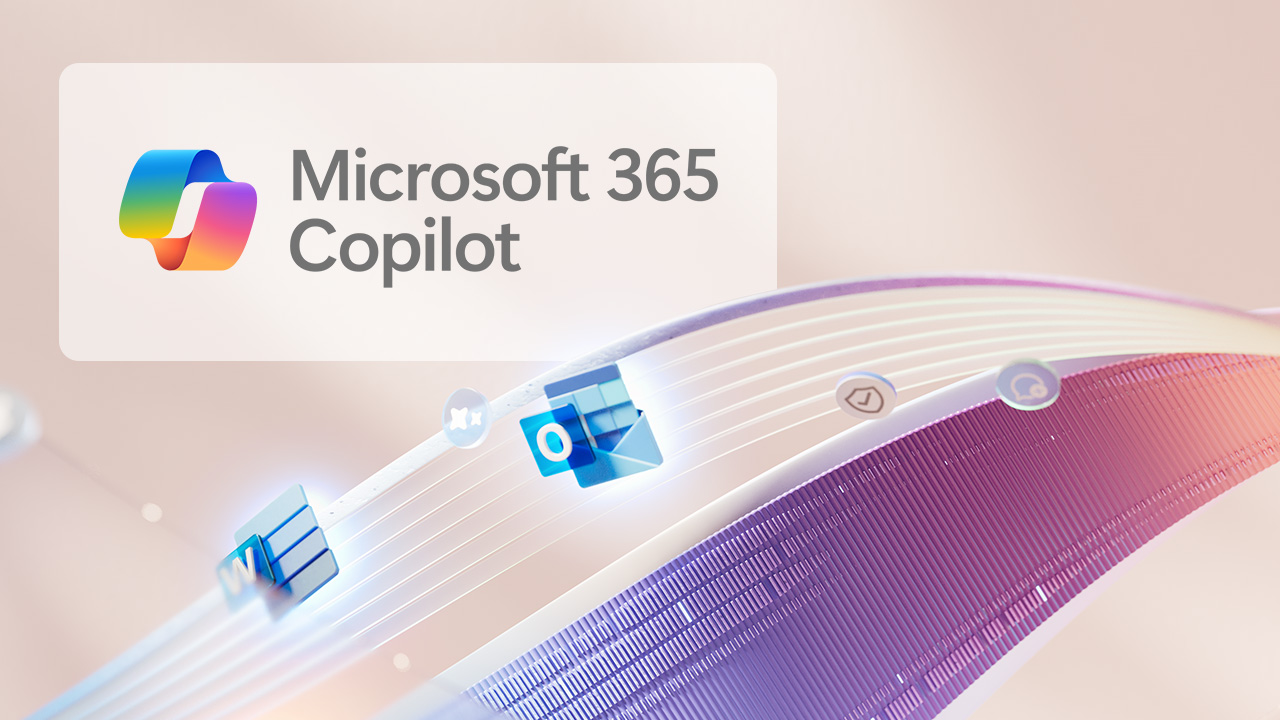Automatic Virtual Machine Activation (AVMA) is a new feature in Windows Server 2012 R2 which allows you to activate guest virtual machines automatically, when you have a Hyper-V host that is running Windows Server 2012 R2 Datacenter. This is a pretty awesome feature, especially in a test lab environment when you may have a Technet (RIP) or MSDN Datacenter product key, and don’t want to use up all of your activations on temporary guests. This is how I manage my lab at home, which consists of 2 HP Microservers with 16GB of RAM in each:
- Install your Hyper-V hosts with Windows Server 2012 R2 Datacenter and activate using a valid key
- Add the Hyper-V role
- Install guests running one of the following Operating Systems:
- Windows Server 2012 R2 Datacenter
- Windows Server 2012 R2 Standard
- Windows Server 2012 R2 Essentials
- During setup, either paste in the key below or add it to your unattend files
- When you logon, you will find that Windows is already activated!
- Note that you could also do this after installation, if you skipped entering a key during setup (see this post on how to do that), either entering it manually when activating, or use slmgr /ipk <AVMA_key>
These are the keys that Microsoft provide for use with AVMA:
| Edition | AVMA key |
| Datacenter | Y4TGP-NPTV9-HTC2H-7MGQ3-DV4TW |
| Standard | DBGBW-NPF86-BJVTX-K3WKJ-MTB6V |
| Essentials | K2XGM-NMBT3-2R6Q8-WF2FK-P36R2 |
In my lab setup, I run sysprep on the first VM that I create, generalise and shut it down, and then create further VMs using a differencing disk with this as the master. This saves a lot of disk space. All the VMs using this template are then activated automatically with no further configuration required.
See http://technet.microsoft.com/en-us/library/dn303421.aspx for more information.
Share this:
- Click to share on Facebook (Opens in new window) Facebook
- Click to share on LinkedIn (Opens in new window) LinkedIn
- Click to share on Reddit (Opens in new window) Reddit
- Click to share on X (Opens in new window) X
- Click to email a link to a friend (Opens in new window) Email
- Click to print (Opens in new window) Print


